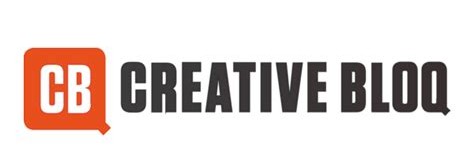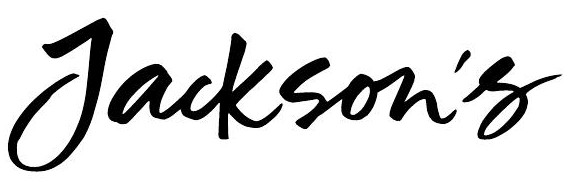Artist Insights: Meg Buick
Meg Buick is a painter and printmaker based in East Lothian, Scotland. Her work, often depicting hazy landscapes and obscured figures, evokes a sense of ancientness and dreamlike solitude. In this article, Meg discusses how she employs a wide range of mediums, including egg tempera, monotype, oils, and pastels, as well as describing her constant reworking of these materials to evoke the ethereal atmospheres found in her work. Drawing inspiration from art history that spans prehistoric cave paintings, the Renaissance, and modern abstraction, Meg presents us with a sense of symbolic memory, where humans and animals merge quietly into her shrouded landscapes. Artist Insights: Meg Buick Contents 0:00 “People often say the work feels ancient” 0:20 “It feels natural to me to keep covering it, and destroying it someway, and bringing it back” 0:51 Introduction 1:06 “I wanted to really learn a practice and learn how to make physical things” 2:00 “I always had drawing on the back burner” 2:47 “A human figure has such a psychological pull for any viewer” 4:04 “It’s more of a landscape than a portrait essentially” 4:20 “I think I’ve always been quite intuitive about materials” 4:38 “Egg Tempera forces you to …
The post Artist Insights: Meg Buick appeared first on Jackson’s Art Blog.










